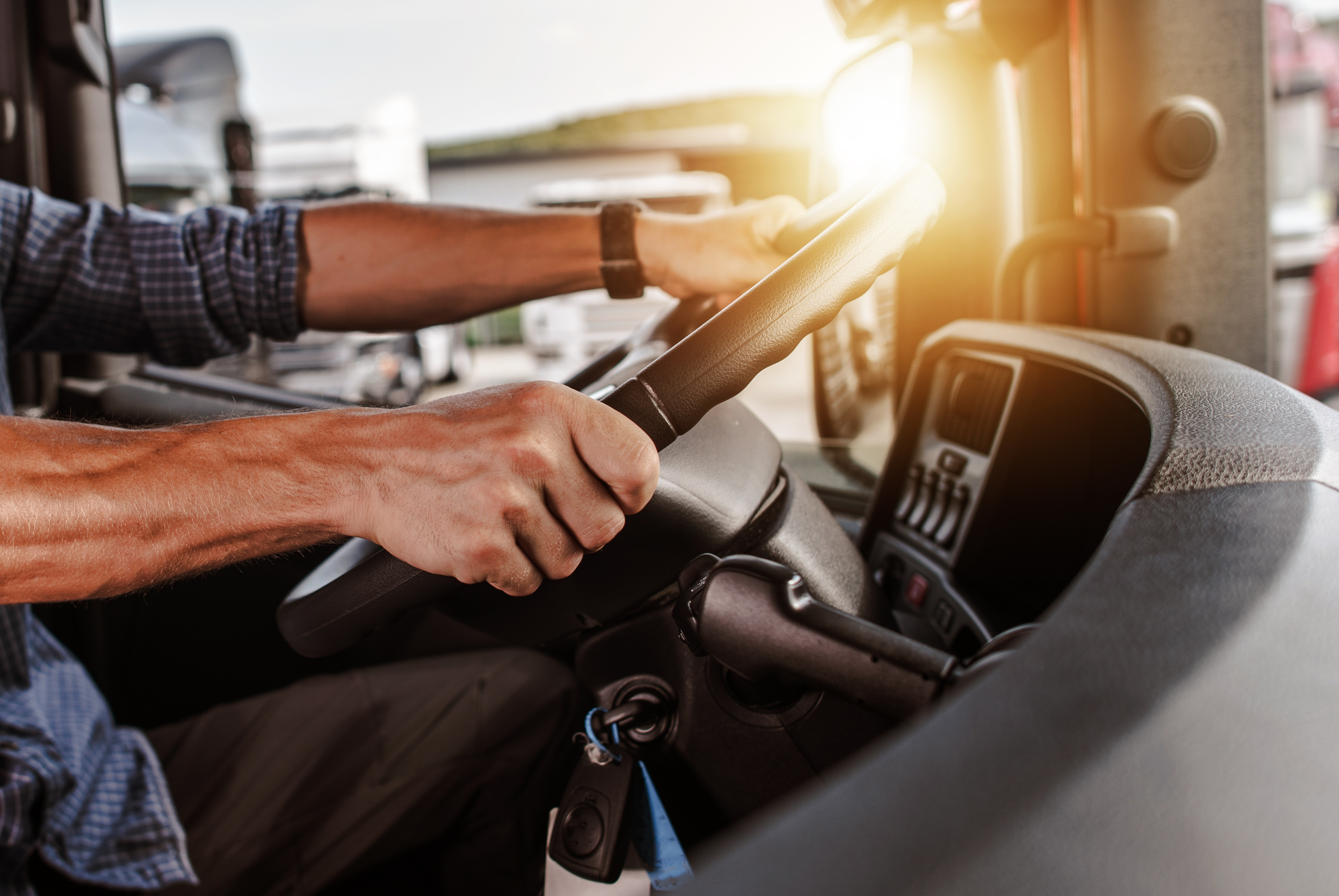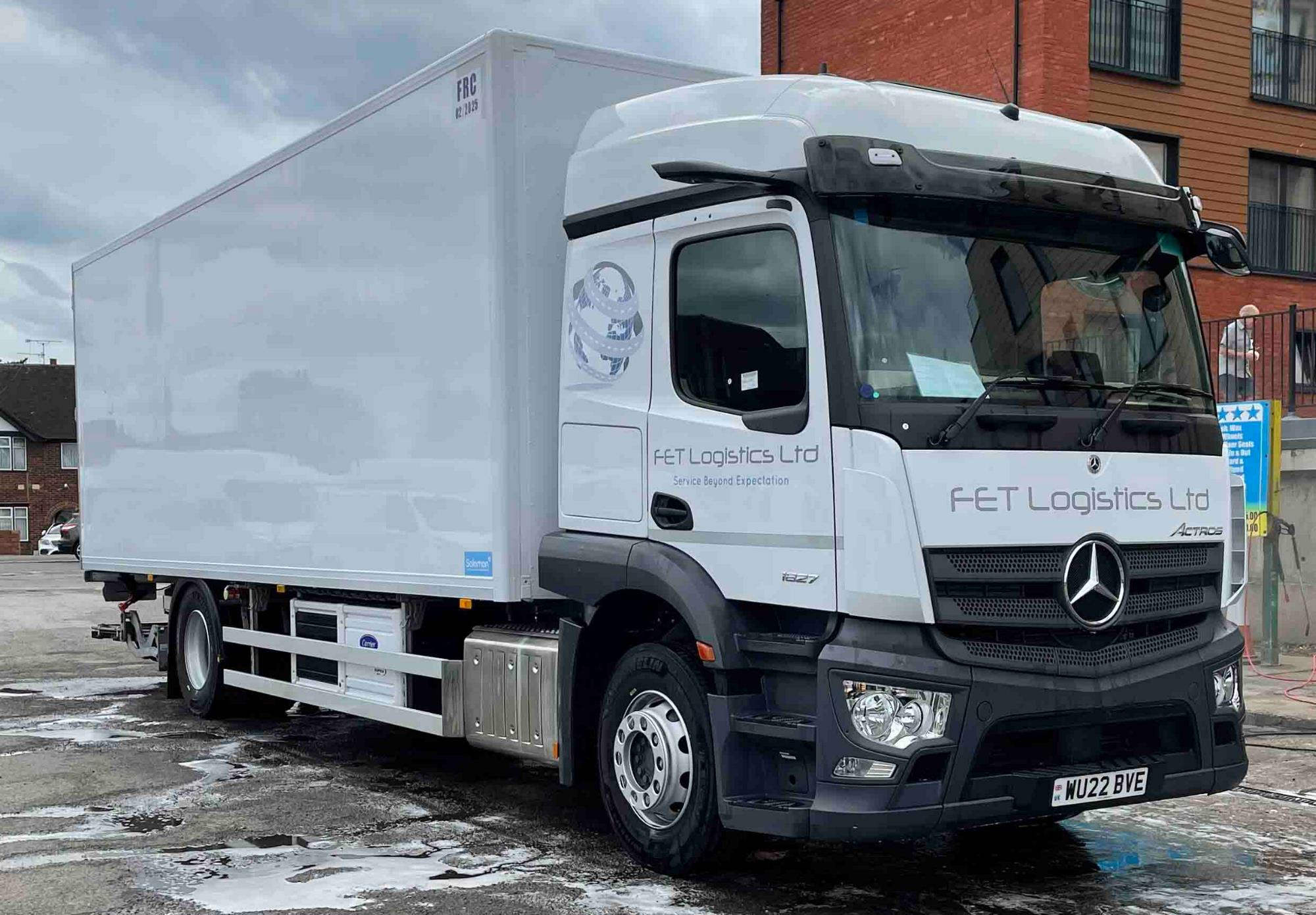
Miranda Blake
Dart Charge account - vereenvoudig uw betalingen
Gemaakt: 08-11-2024
•
Bijgewerkt: 06-12-2025
Een goed begrip van de details van het Dart Charge systeem is essentieel voor een naadloze en kosteneffectieve ervaring bij het gebruik van de Dartford Crossing. Als je vertrouwd raakt met de betalingsmogelijkheden, het accountbeheer en mogelijke valkuilen, kun je onnodige boetes en hoofdpijn voorkomen.
Het Dart Charge Systeem begrijpen
De Dartford Crossing, een vitaal aspect voor commercieel verkeer, wordt beheerd door een geavanceerd elektronisch betaalsysteem dat bekend staat als de Dart Charge. Dit innovatieve systeem werd geïntroduceerd om de efficiëntie van de tolheffing te verbeteren, waardoor er geen traditionele tolhuisjes meer nodig zijn en automobilisten aan het eind van de dag vooraf kunnen betalen of online kunnen betalen.
Dart Charge uitgelegd
Vraag je je af wat de Dart Charge precies is? Het verwijst naar de betalingsmethode die wordt gebruikt voor de Dartford Crossing. Het systeem is geïmplementeerd om de doorstroming van het verkeer te verbeteren en gebruikers meer gemak te bieden bij het betalen.
De Dartford Crossing oversteken: betalingsopties
Bestuurders hebben drie opties als het gaat om het betalen van de Dart Charge:
- Pre-pay account: Klanten kunnen een pre-pay account aanmaken, die automatische facturering en een gereduceerd overtochttarief biedt. Deze probleemloze aanpak zorgt ervoor dat betalingen naadloos verlopen, waarbij de rekening automatisch wordt gedebiteerd voor elke overtocht.
- Eenmalige betalingen: Voor degenen die geen pre-pay account hebben, is er de mogelijkheid om online, telefonisch of bij Payzone verkooppunten te betalen. Betalingen kunnen vooraf worden gedaan of voor middernacht de volgende dag.
- Gratis oversteken: De Dartford Crossing is gratis te gebruiken tussen 22:00 en 06:00 uur, en biedt een kosteneffectieve optie voor nachtelijke reizen.
Darttarieven: inzicht in de kosten
Benieuwd wat de Dart Charge-tarieven zijn? Deze variëren afhankelijk van de voertuigklasse en of de klant een pre-pay account heeft of een eenmalige betaling doet. Hier is een overzicht van de huidige tarieven:

Je kunt ook lees hier meer tips over betaling en andere aspecten voor nieuwe bestuurders.
Je Dart Charge-account beheren
Het bijhouden van je Dart Charge account is cruciaal voor het vermijden van boetes en het stroomlijnen van je overtochten. Laten we de belangrijkste aspecten van accountbeheer bekijken.
Een Dart Charge-account aanmaken
Het aanmaken van een Dart Charge account is een eenvoudig proces. Klanten kunnen de officiële Dart Charge website bezoeken, op "Nu starten" klikken en de optie "Aanmelden of een Dart Charge account aanmaken" selecteren. Ze kunnen ook een pre-pay account openen door een aanvraagformulier te downloaden en in te dienen.
Aanmelden en wachtwoorden resetten
Om toegang te krijgen tot je Dart Charge account heb je het e-mailadres nodig dat geregistreerd staat op de account. Als je je wachtwoord bent vergeten, kun je via de link op de aanmeldpagina een nieuw wachtwoord aanmaken.
Persoonlijke gegevens en voertuiginformatie bijwerken
U kunt uw naam, adres of de voertuigregistratienummers die aan uw account zijn gekoppeld, wijzigen door in te loggen op uw Dart Charge-account, te navigeren naar de secties "Accountbeheer" en "Profiel" of "Voertuigbeheer" en de benodigde wijzigingen door te voeren.
Overschrijdingsgeschiedenis en afschriften bekijken
Klanten kunnen hun overschrijdingsgeschiedenis en rekeningoverzichten bekijken door in te loggen op hun Dart Charge-account. Met deze functie kunt u uw gebruik bijhouden en ervoor zorgen dat alle betalingen correct zijn geregistreerd.
Slapende en geschorste accounts
Als je Dart Charge account inactief wordt door een gebrek aan voertuigregistratie, een geldige betaalmethode of recente oversteken, kun je het account weer activeren door het onderliggende probleem aan te pakken. Op dezelfde manier kan een geschorst account worden opgeheven door het saldo aan te vullen of betalingen te doen voor openstaande overtochten.
Uw Dart Charge-account afsluiten
Wanneer het tijd is om je Dart Charge account op te heffen, kun je dit doen door in te loggen, naar de sectie "Accountbeheer" te gaan en de optie "Account afsluiten" te selecteren. Het resterende saldo wordt terugbetaald met dezelfde betaalmethode.

Dartford Crossing-betalingen met SNAP
SNAP Account biedt een handige oplossing met verschillende voordelen voor chauffeurs en [wagenparkbeheerders] (https://snapacc.com/fleet-operators/).
Naadloos betalingsproces
Het systeem handelt de betaling voor elke overtocht automatisch af, zodat je niet hoeft te onthouden om te betalen of rechtstreeks met Dart Charge hoeft af te rekenen.
Gegarandeerd op tijd betalen
Je ontvangt nooit kosten voor te late betaling. Dit helpt mogelijke boetes of straffen voor gemiste of te late betalingen te voorkomen en zorgt voor gemoedsrust.
Geconsolideerde facturering
We vereenvoudigen uw financieel beheer door de Dartford Crossing-transacties op dezelfde factuur te zetten als uw andere SNAP-accountactiviteiten. Deze consolidatie maakt het makkelijker om uw uitgaven te volgen en te beheren.
Tijdbesparend
Door het betalingsproces te automatiseren, besparen we bestuurders kostbare tijd. Het is niet nodig om te stoppen en afzonderlijke betalingen te doen of eraan te denken om voor middernacht de volgende dag te betalen, zoals vereist is wanneer je rechtstreeks via het Dart Charge-systeem van de overheid betaalt.
Integratie met andere services
Onze Dartford Crossing-service maakt deel uit van een breder ecosysteem van wegvervoersdiensten. Dankzij deze integratie kunnen gebruikers meerdere aspecten van hun reis, zoals parkeren, wassen en tanken, via één platform beheren.
Kostenbeheersing voor wagenparkbeheerders
Voor bedrijven die meerdere voertuigen beheren, bieden we een efficiënte manier om de kosten van de Dartford Crossing te controleren. Het geconsolideerde facturerings- en geautomatiseerde betalingssysteem helpt de boekhoudprocessen te stroomlijnen en de administratieve last te verminderen die gepaard gaat met het beheer van individuele overtochten. Door gebruik te maken van SNAP Account voor de betalingen van de Dartford Crossing kunnen chauffeurs en wagenparkbeheerders genieten van een efficiëntere, betrouwbaardere en stressvrije ervaring bij het gebruik van deze cruciale transportverbinding.
Wil je meer weten over hoe je onderweg geld kunt besparen? Bekijk dan ons artikel over tips om brandstof te besparen samen met onze gids voor budgettering voor vrachtwagenchauffeurs.



